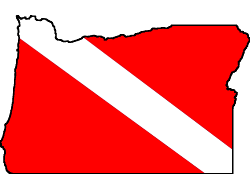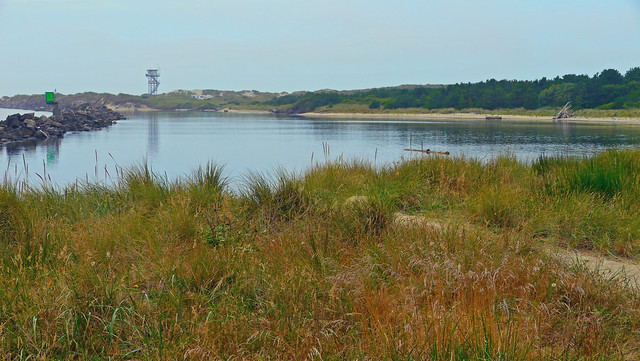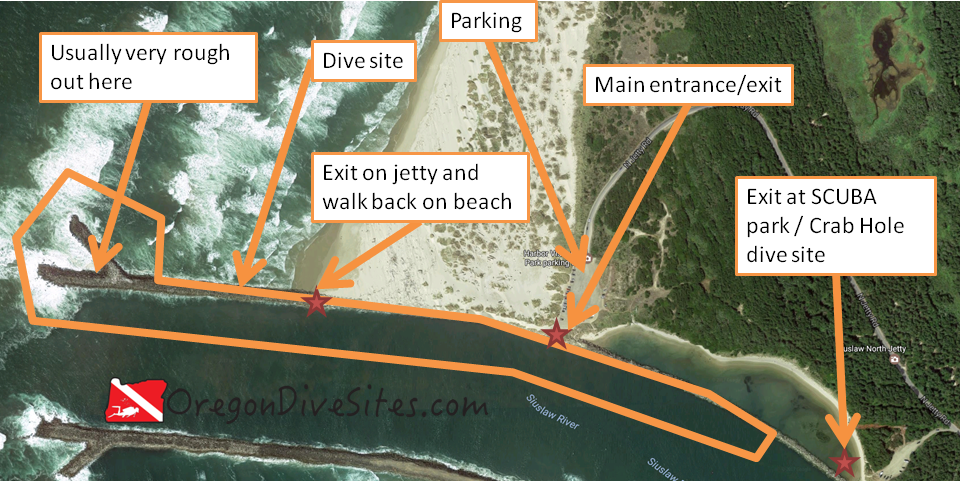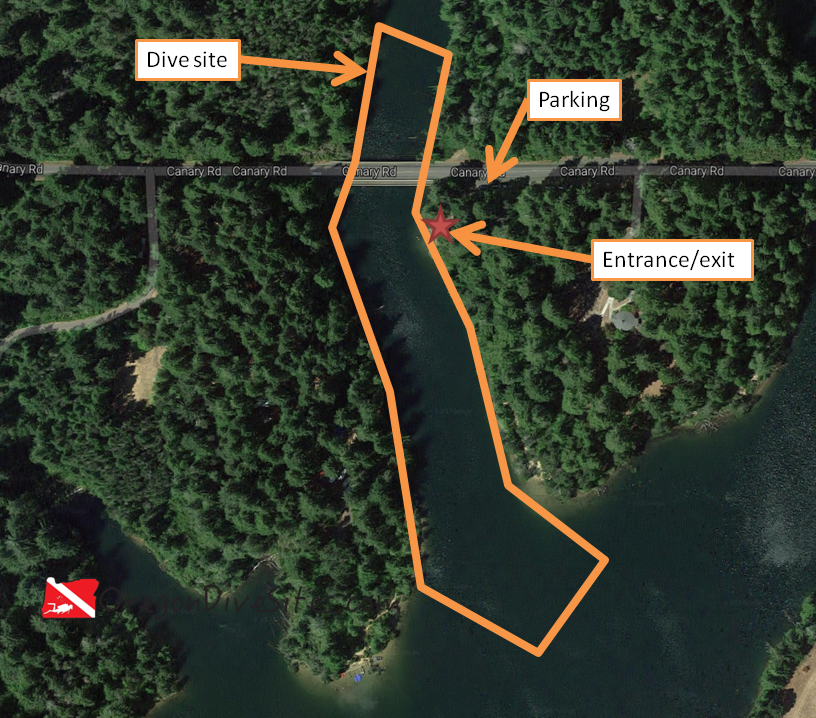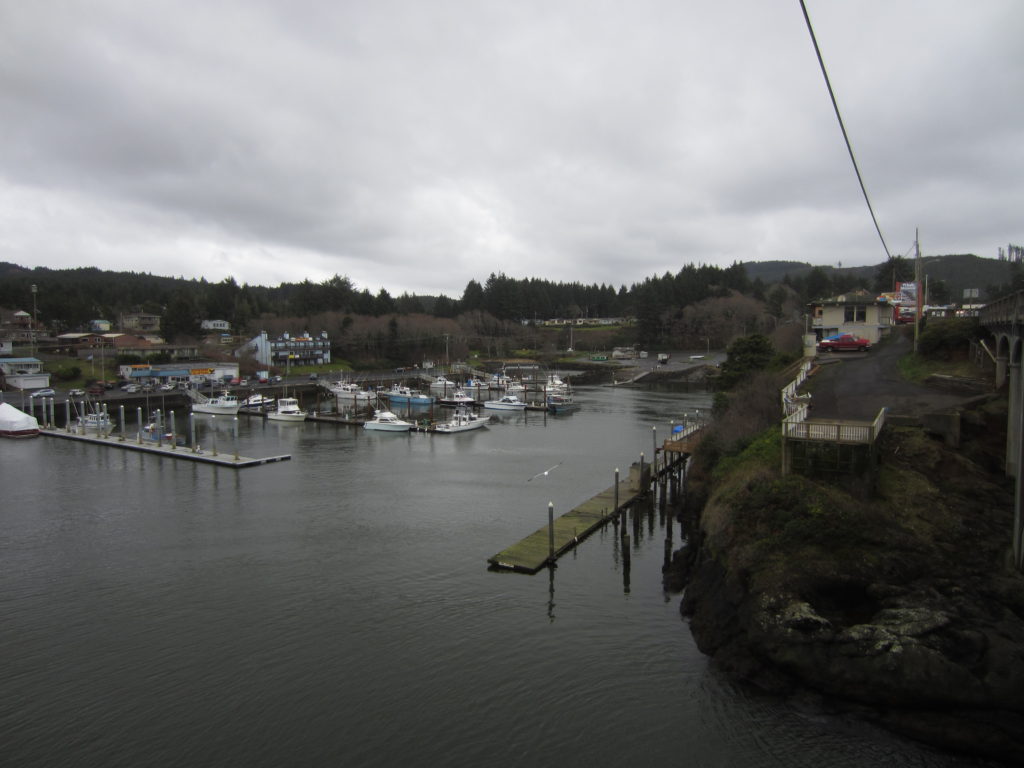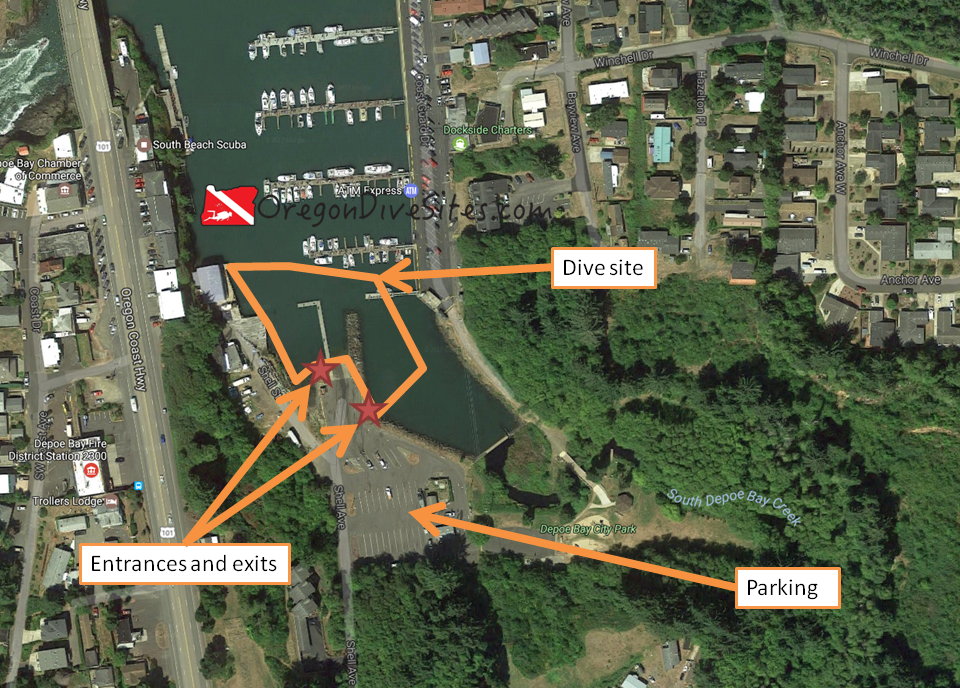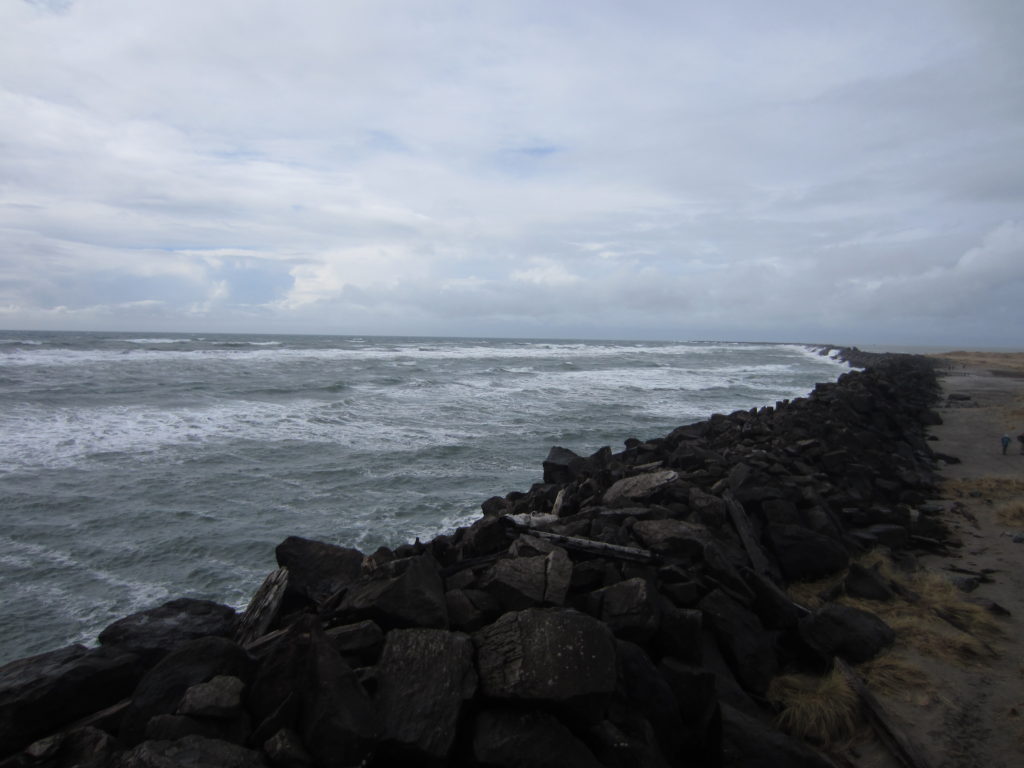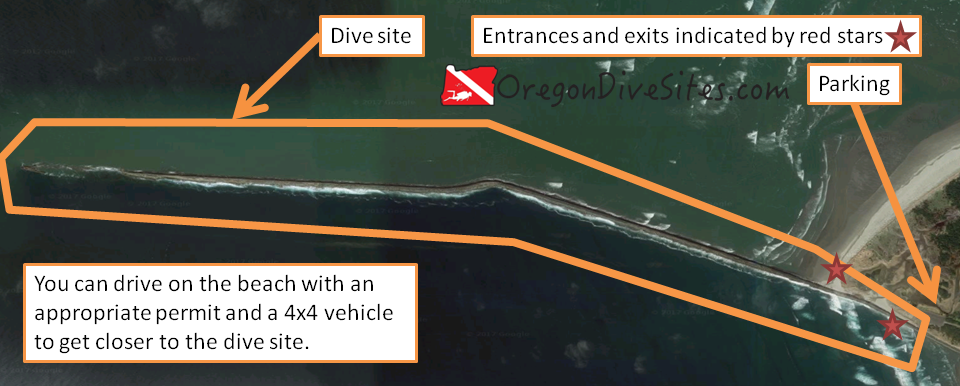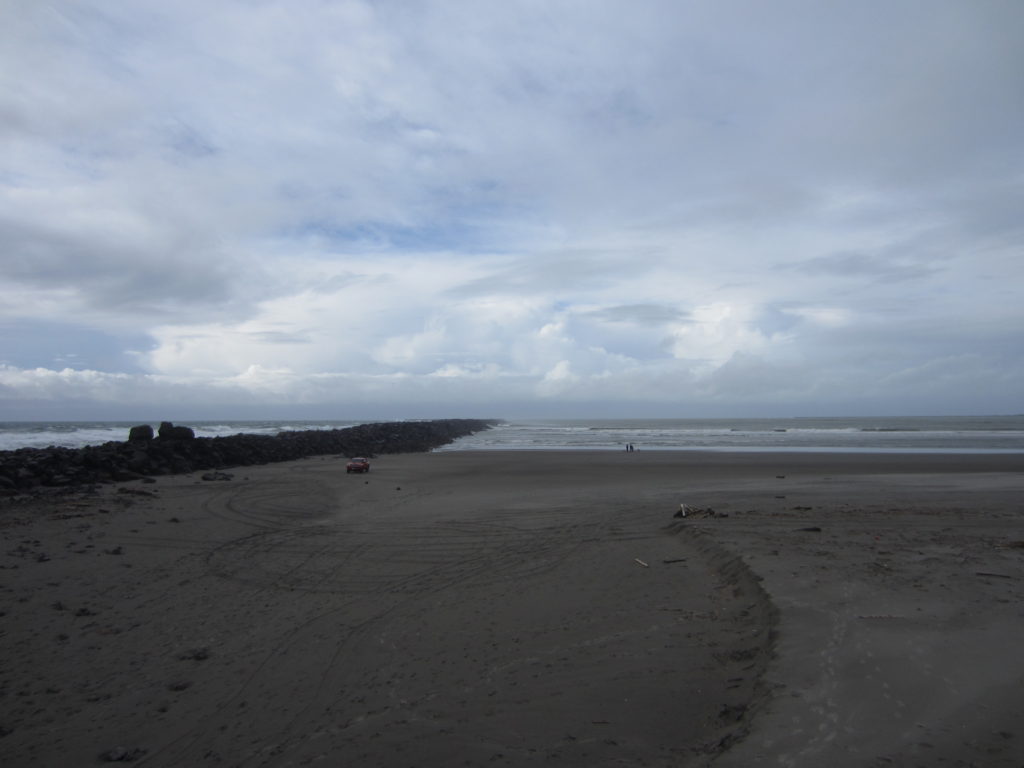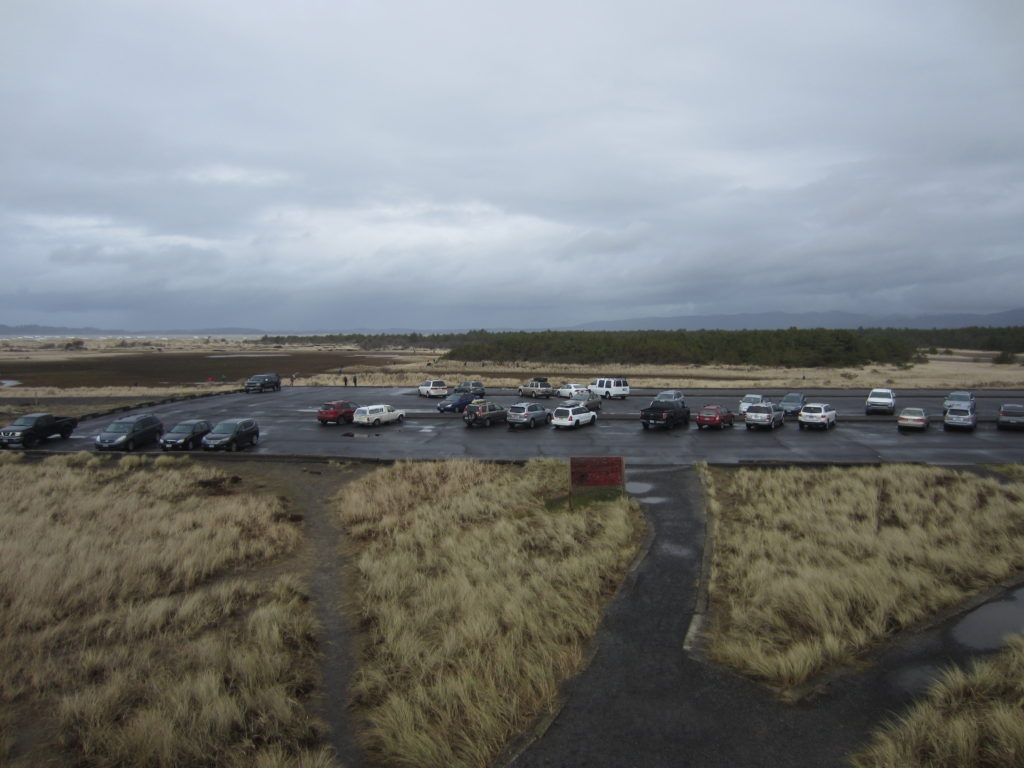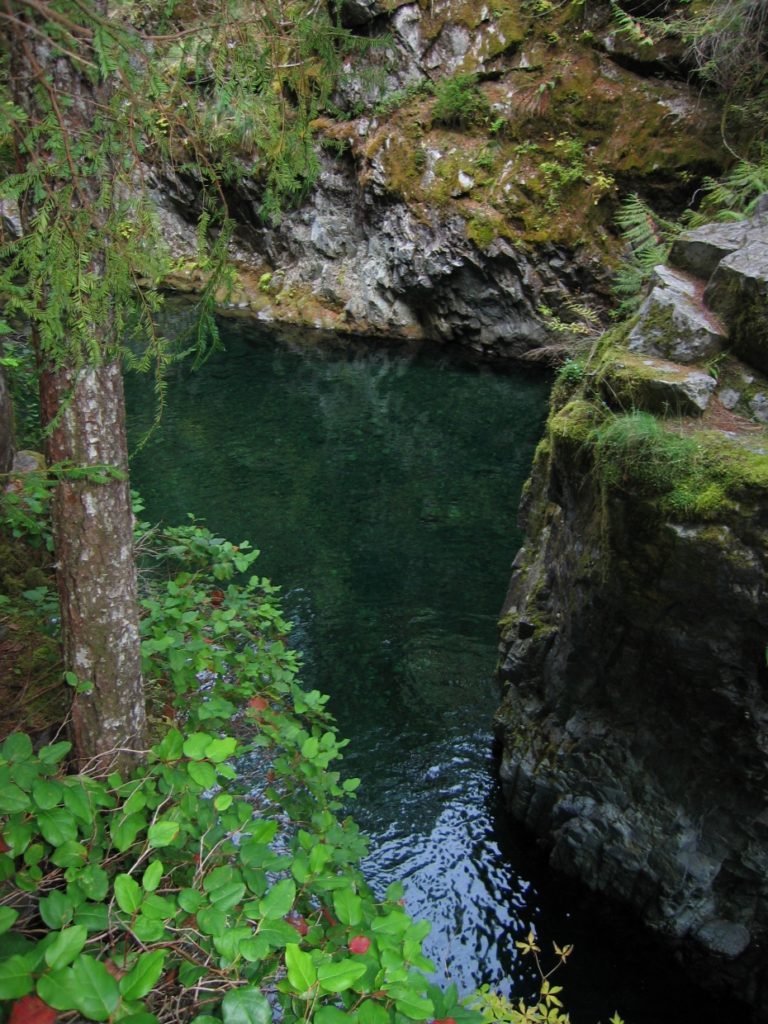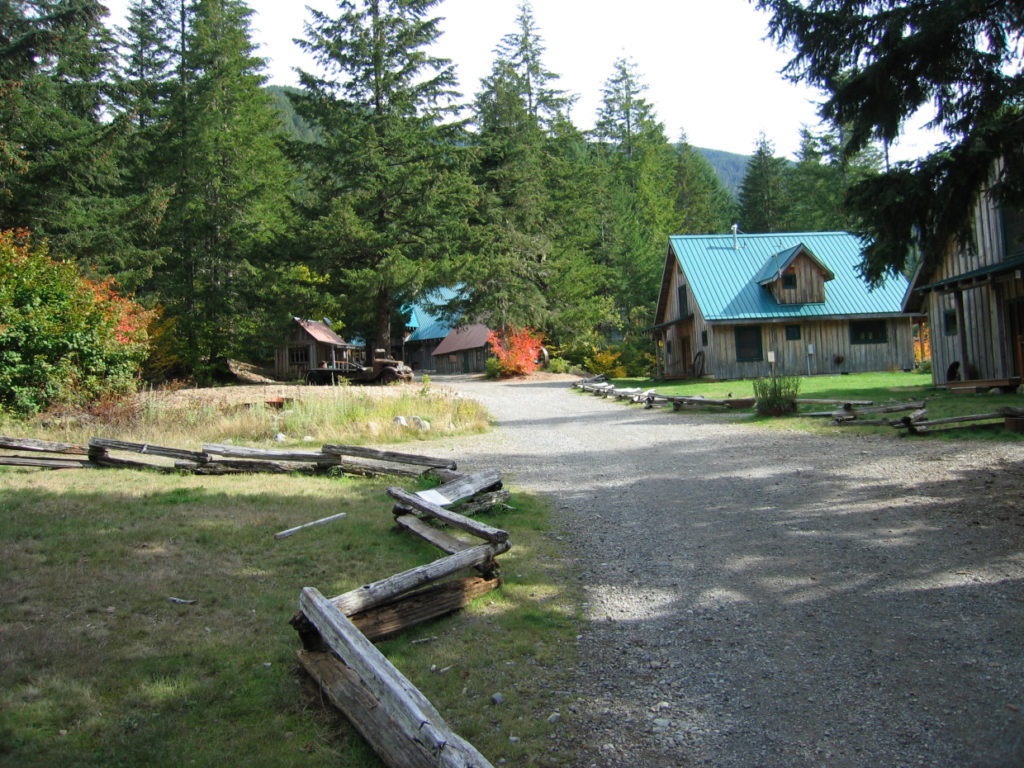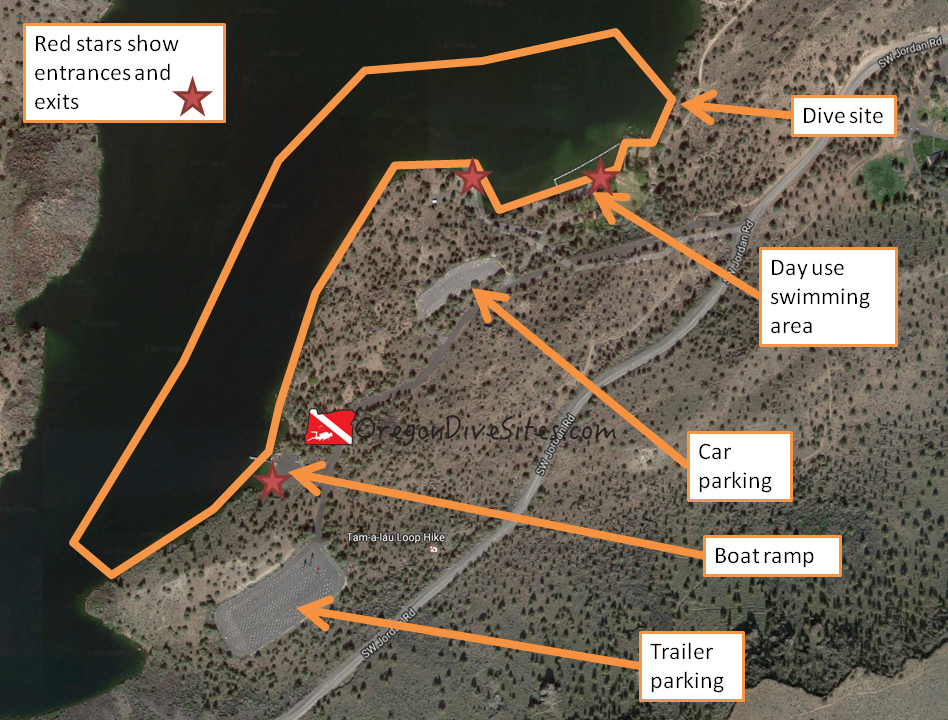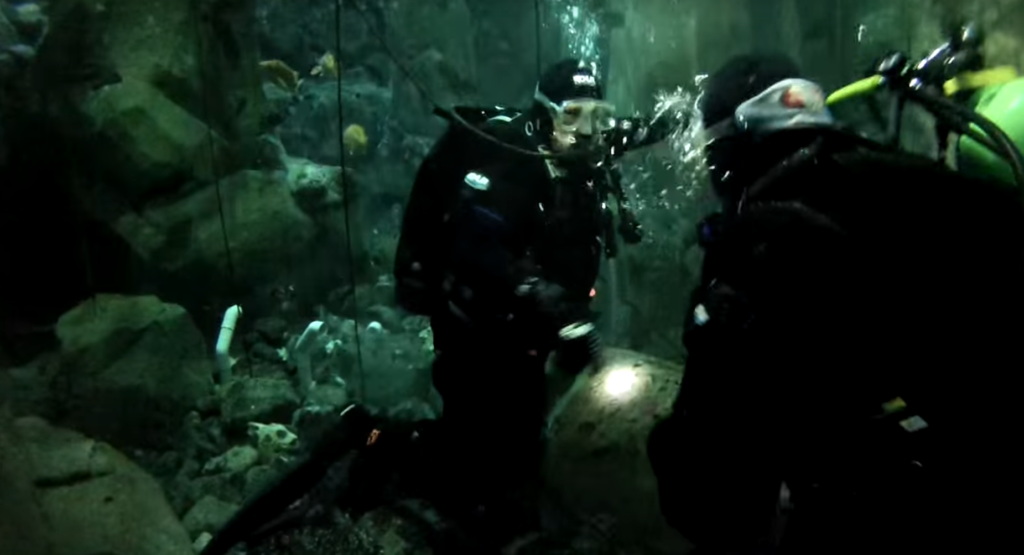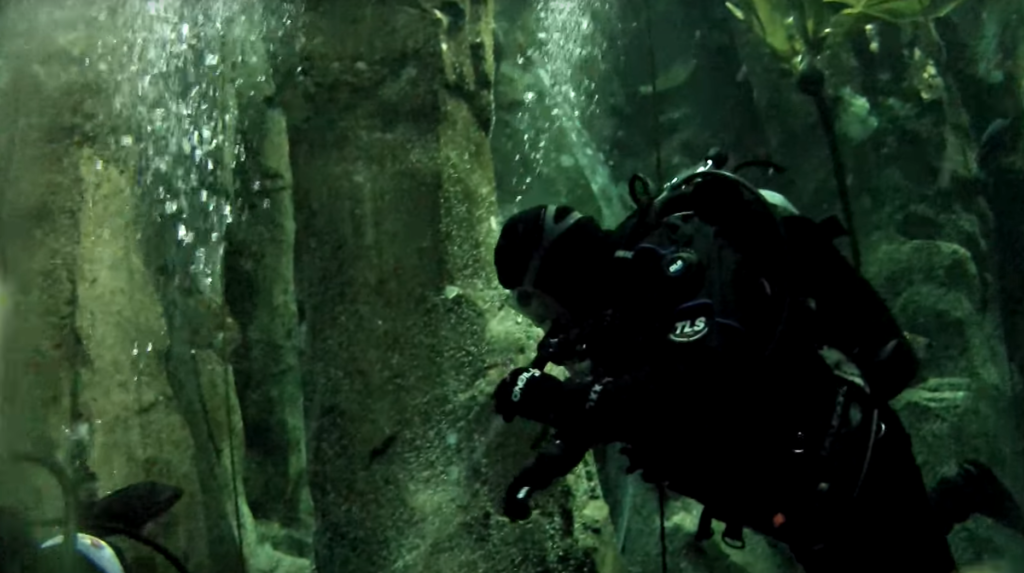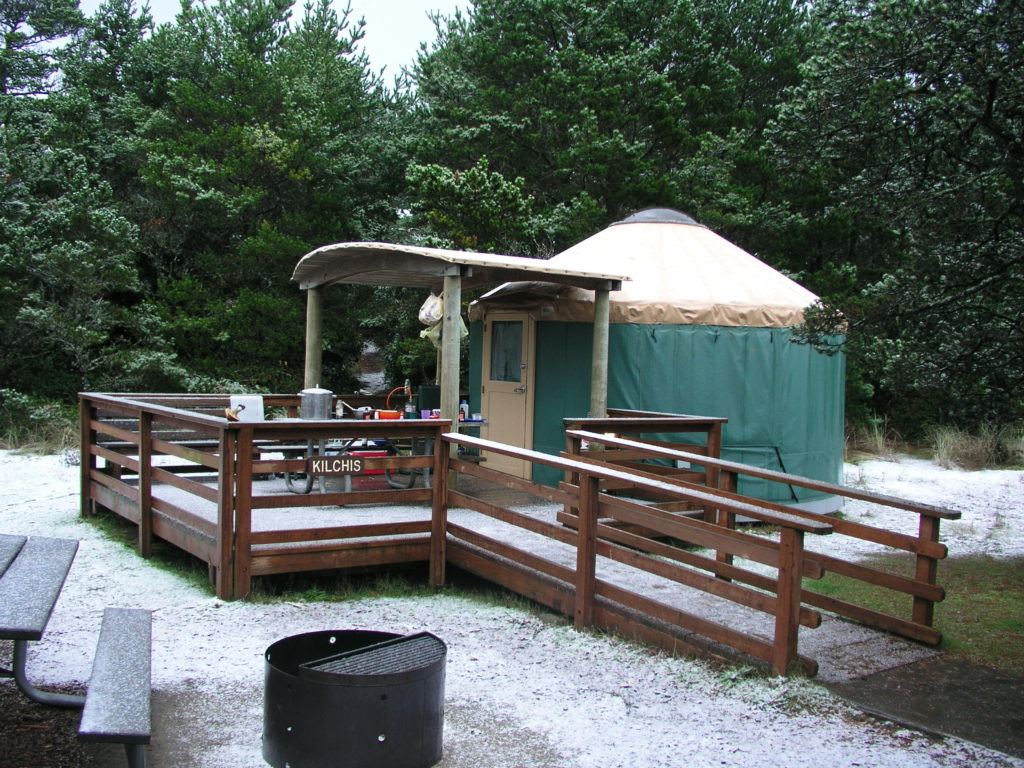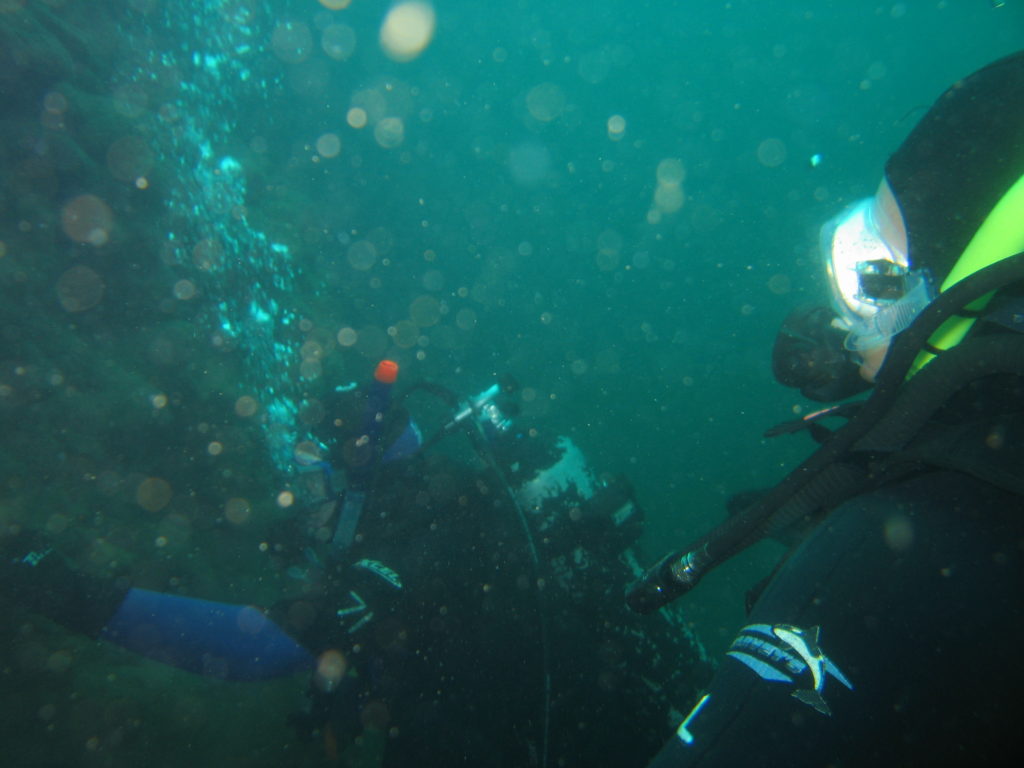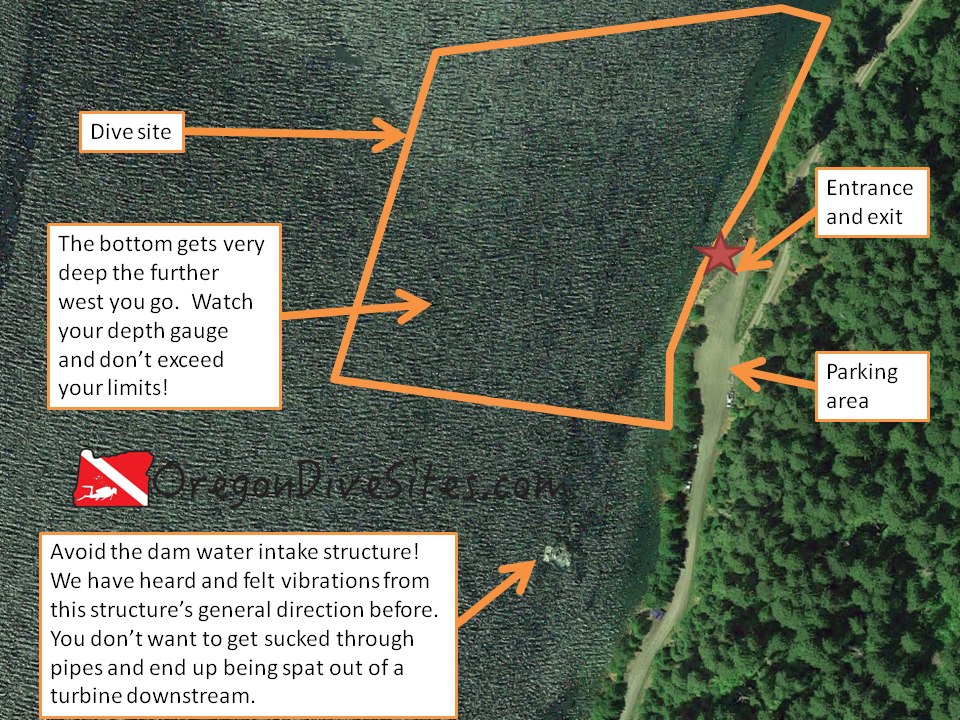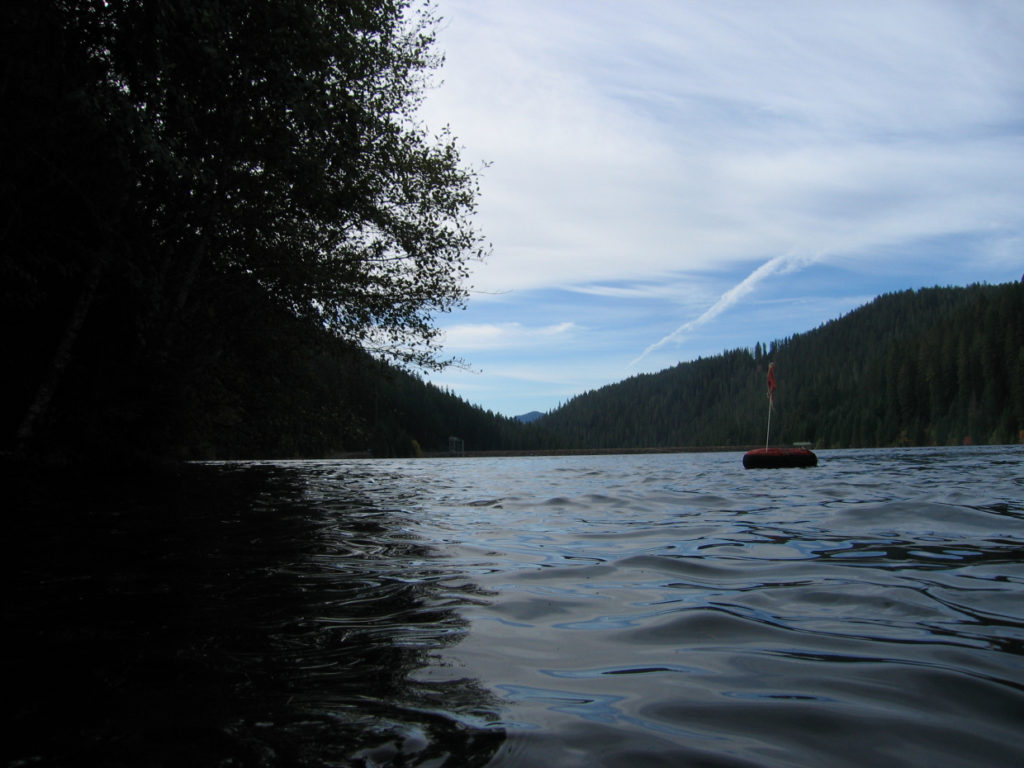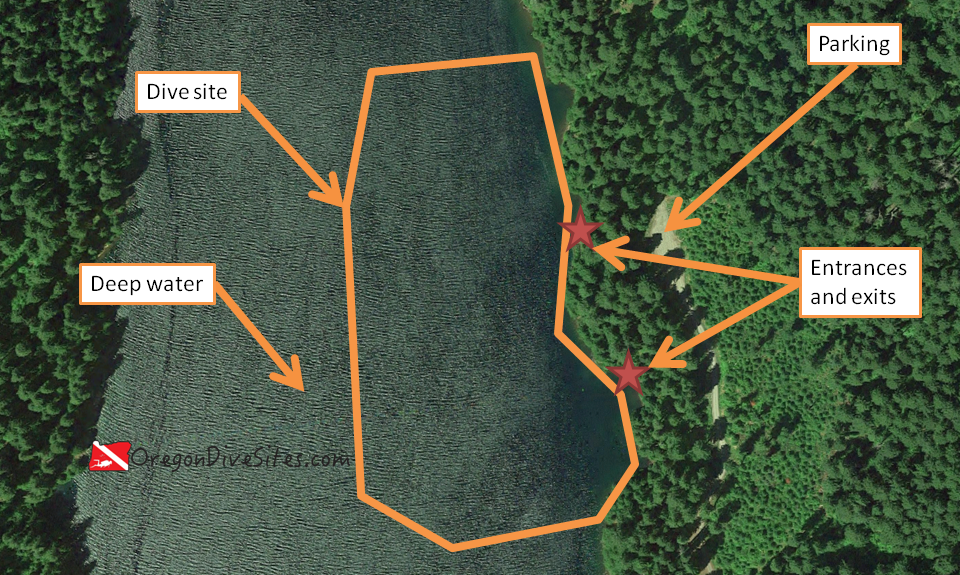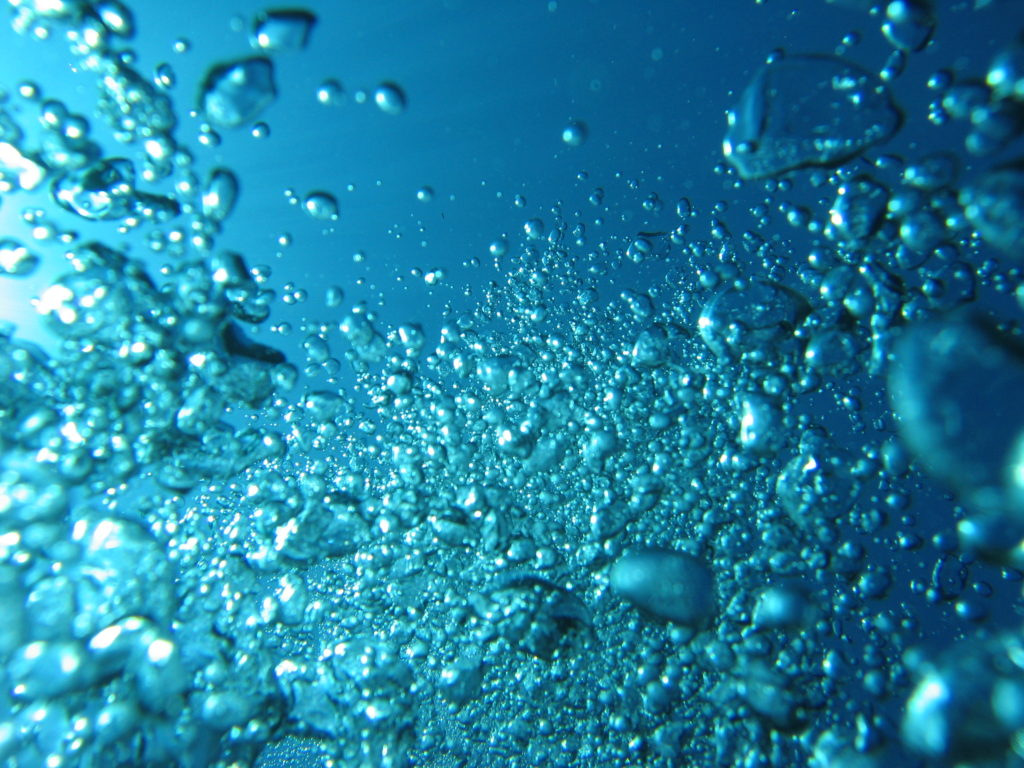If you’re looking for an easily accessible dive site at Foster Reservoir where you can go deep or stay shallow and have a good time, check out Shea Viewpoint. The topography at this site starts shallow on the right but gets really deep on the left. This is a good place to do training dives as well.
Site Highlights:
This site has a variety of terrain that keeps it interesting for a fresh water reservoir in the Cascades. We have spent a few afternoons doing training dives here. One summer the water was so warm in the shallows while we were running a knot skills station, we had to ditch our thermal undergarments, hoods, and gloves, and we were STILL sweating in our suits just sitting on the bottom. Going deeper, we found chilly 45 degree water. The thermoclines are real at this site.
Nearest Town:
Sweethome, Oregon is just below the dam.
GPS Coordinates:
Special Directions to Site:
Just head east on the Santiam Highway out of Sweethome toward Bend. You’ll find the Shea Viewpoint along the reservoir.
Parking:
Usually there is plenty of parking at Shea Viewpoint. The last time we went diving here, the parking was free. Double-check when you arrive that it still is though.
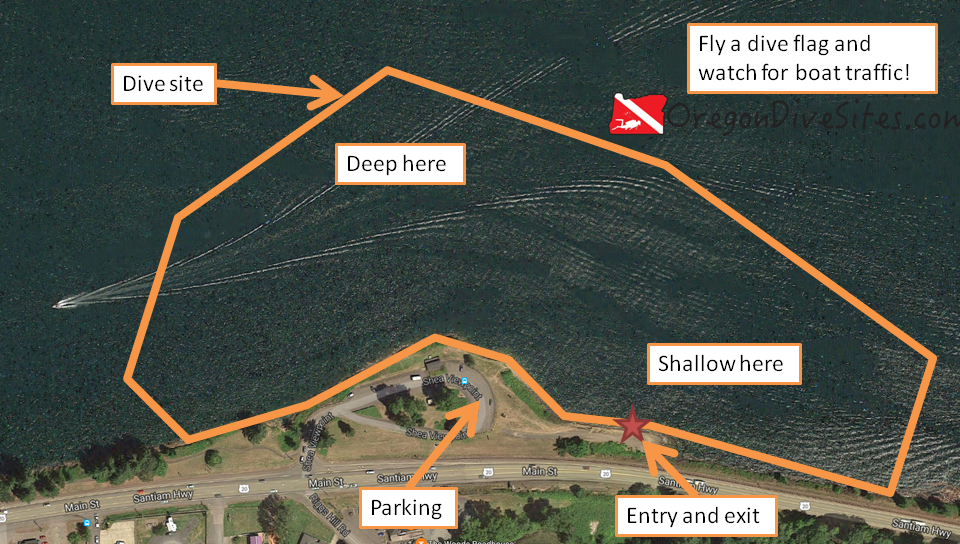
Shea Viewpoint is a pretty good dive site on Foster Reservoir. We like this site for its varied underwater terrain and easy entry and exit.
Site Orientation:
This site is pretty easy to navigate. Shore is to the south. Shallow water is to the east. Deep water is to the west and north. Off the north and west sides of Shaw Viewpoint there is a large underwater sloped boulder field that is fun to explore. The boulder field keeps going down, down, down. We never found the bottom because it got too deep for our dive plans.
Entrances and Exits:
There is an easy entrance/exit where we think there used to be a boat ramp at the east side of Shaw Viewpoint. You can walk right down into the water.
Salt/Fresh:
This is a fresh water dive.
Shore/Boat:
This is a shore dive although you could do a boat dive here, too, if you wanted.
Normal Conditions:
Unless a storm comes up over the lake, the only real issues at this site are boats going by and making wakes. There can be some pretty big thermoclines here, too.
Normal Visibility:
We’ve had as little as 5 feet of visibility and as much as 40 feet of viz here. The bottom can be stirred up pretty easily and spring snowmelt can decrease viz. We’ve found better visibility the deeper we go at this site.
Normal Temperature:
At depth, the temperature is usually around 45F. At the surface in late summer, it can be in the high 70s or even low 80s near the surface in the shallows. Early in the spring during peak snowmelt, there can be a layer of 37F water here.
Best Time of Year:
We like diving this site in the late summer to enjoy that warm surface layer of water before going deep into the dark and cold. Depending on when you dive this site, the water level in Foster Reservoir can be very low which makes for a longer walk to get to the water.
Max Depth:
We’ve been down as far as 95 feet deep here but the bottom keeps going down. We suspect that you can easily hit 130 feet if you keep heading north and west.
Suggested Special Training:
Open water divers can easily dive the shallower parts of this site. The deeper parts warrant having advanced open water training and deep diver specialty training.
Difficulty of Dive:
The shallower parts of this site are easy to dive. The deeper parts of the site become progressively more challenging.
Distance of Walk to Entrance:
Depending on the water level in the reservoir, you might have to walk 100 feet or 500 feet to get to the water’s edge.
Surface Swim Length:
No surface swim is necessary here normally.
Special Site Notes:
We suggest flying a dive flag here because of boat traffic. We have our favorite dive flag that we use when we go SCUBA diving in Oregon over on our Gear We Use page.
Closest Local Dive Shops to Get Air Fills and SCUBA Gear:
There are dive shops in Eugene and Salem with
Nearby Restaurants We Like:
There are some decent places to eat in Sweethome. We usually eat at the A&W Drive-In for the nostalgia vibe.
Nearby Places to Camp and Diver-Friendly Hotels:
There are a few campgrounds nearby and there is primitive camping in the national forest. We haven’t tried any of the hotels in the area so please let us know if you have a good recommendations.
What Other People Have to Say About This Site:
Please write in the comments below your experiences with this dive site!
